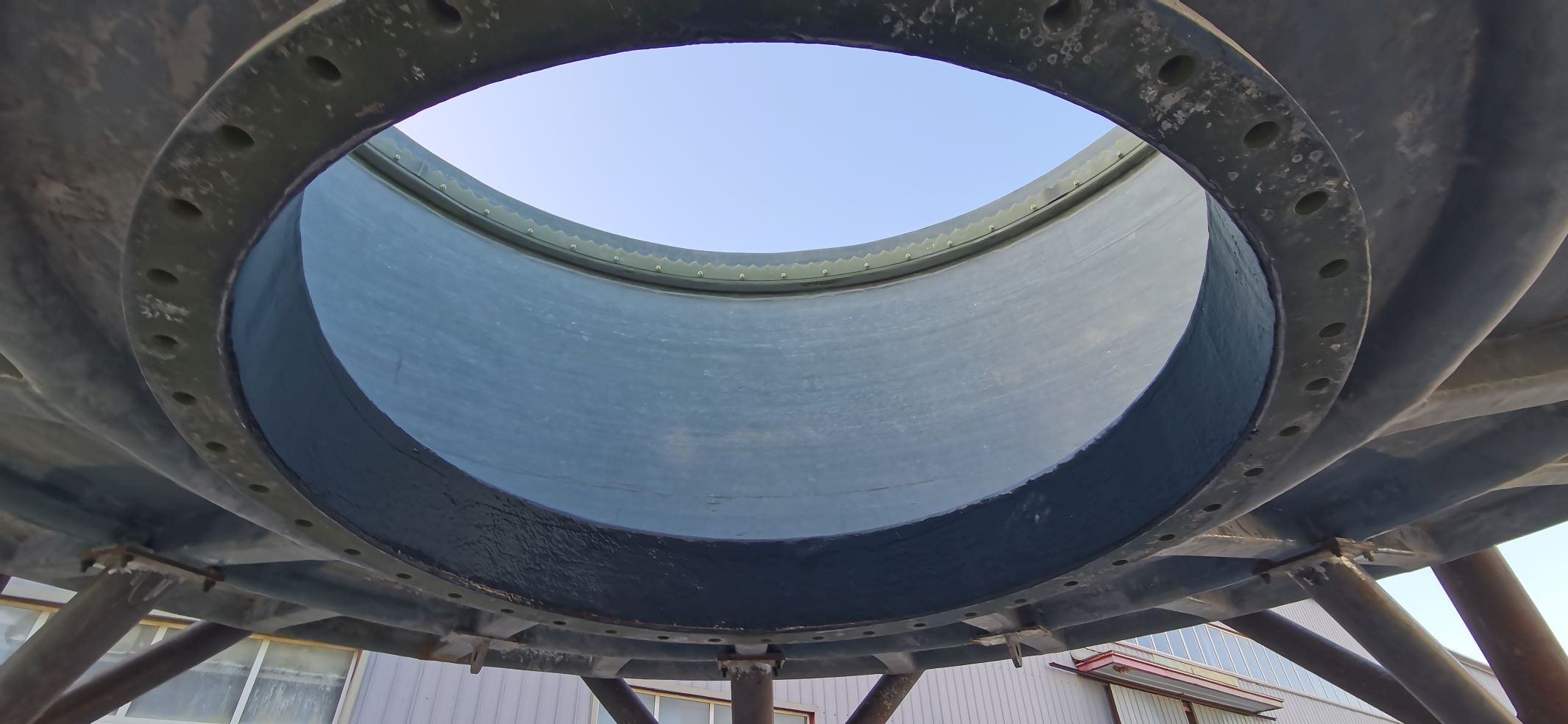
-
 Afrikaans
Afrikaans -
 Albanian
Albanian -
 Amharic
Amharic -
 Arabic
Arabic -
 Armenian
Armenian -
 Azerbaijani
Azerbaijani -
 Basque
Basque -
 Belarusian
Belarusian -
 Bengali
Bengali -
 Bosnian
Bosnian -
 Bulgarian
Bulgarian -
 Catalan
Catalan -
 Cebuano
Cebuano -
 China
China -
 China (Taiwan)
China (Taiwan) -
 Corsican
Corsican -
 Croatian
Croatian -
 Czech
Czech -
 Danish
Danish -
 Dutch
Dutch -
 English
English -
 Esperanto
Esperanto -
 Estonian
Estonian -
 Finnish
Finnish -
 French
French -
 Frisian
Frisian -
 Galician
Galician -
 Georgian
Georgian -
 German
German -
 Greek
Greek -
 Gujarati
Gujarati -
 Haitian Creole
Haitian Creole -
 hausa
hausa -
 hawaiian
hawaiian -
 Hebrew
Hebrew -
 Hindi
Hindi -
 Miao
Miao -
 Hungarian
Hungarian -
 Icelandic
Icelandic -
 igbo
igbo -
 Indonesian
Indonesian -
 irish
irish -
 Italian
Italian -
 Japanese
Japanese -
 Javanese
Javanese -
 Kannada
Kannada -
 kazakh
kazakh -
 Khmer
Khmer -
 Rwandese
Rwandese -
 Korean
Korean -
 Kurdish
Kurdish -
 Kyrgyz
Kyrgyz -
 Lao
Lao -
 Latin
Latin -
 Latvian
Latvian -
 Lithuanian
Lithuanian -
 Luxembourgish
Luxembourgish -
 Macedonian
Macedonian -
 Malgashi
Malgashi -
 Malay
Malay -
 Malayalam
Malayalam -
 Maltese
Maltese -
 Maori
Maori -
 Marathi
Marathi -
 Mongolian
Mongolian -
 Myanmar
Myanmar -
 Nepali
Nepali -
 Norwegian
Norwegian -
 Norwegian
Norwegian -
 Occitan
Occitan -
 Pashto
Pashto -
 Persian
Persian -
 Polish
Polish -
 Portuguese
Portuguese -
 Punjabi
Punjabi -
 Romanian
Romanian -
 Russian
Russian -
 Samoan
Samoan -
 Scottish Gaelic
Scottish Gaelic -
 Serbian
Serbian -
 Sesotho
Sesotho -
 Shona
Shona -
 Sindhi
Sindhi -
 Sinhala
Sinhala -
 Slovak
Slovak -
 Slovenian
Slovenian -
 Somali
Somali -
 Spanish
Spanish -
 Sundanese
Sundanese -
 Swahili
Swahili -
 Swedish
Swedish -
 Tagalog
Tagalog -
 Tajik
Tajik -
 Tamil
Tamil -
 Tatar
Tatar -
 Telugu
Telugu -
 Thai
Thai -
 Turkish
Turkish -
 Turkmen
Turkmen -
 Ukrainian
Ukrainian -
 Urdu
Urdu -
 Uighur
Uighur -
 Uzbek
Uzbek -
 Vietnamese
Vietnamese -
 Welsh
Welsh -
 Bantu
Bantu -
 Yiddish
Yiddish -
 Yoruba
Yoruba -
 Zulu
Zulu
Enhanced Fiberglass Clarification System for Efficient Water Treatment Solutions
Understanding the Fiberglass Clarifier System A Comprehensive Overview
In an era where environmental sustainability and efficient water treatment are paramount, fiberglass clarifier systems have emerged as crucial components in industrial and municipal water management. These systems play a vital role in separating solids from liquids, enhancing water quality, and ensuring compliance with regulatory standards. In this article, we explore the features, benefits, and applications of fiberglass clarifier systems.
What is a Fiberglass Clarifier System?
A fiberglass clarifier system is a type of water treatment technology designed to separate suspended solids from liquids using gravity. The system typically consists of a circular or rectangular tank made from fiberglass reinforced plastic (FRP), which is known for its durability, corrosion resistance, and lightweight characteristics. The clarifier operates by allowing wastewater to flow into the tank, where it undergoes a sedimentation process.
How it Works
The operation of a fiberglass clarifier can be broken down into several key stages
1. Influent Entry Wastewater enters the clarifier through a specially designed inlet that promotes even distribution and reduces turbulence.
2. Sedimentation As the influent flows through the tank, heavier solids begin to settle at the bottom due to gravity. The lighter materials and liquids rise to the surface.
3. Sludge Collection The settled sludge accumulates at the bottom of the tank, while scum layers may form on the surface. A sludge blanket may also develop, enhancing the removal process.
4. Effluent Withdrawal The clarified liquid exits through an outlet at the top of the tank. Additional mechanisms may be implemented to facilitate the removal of sludge and scum to maintain optimal performance.
5. Recycling In many systems, a portion of the clarified water is recycled back into the process, reducing water waste and improving overall efficiency.
Benefits of Fiberglass Clarifier Systems
fiberglass clarifier system

2. Lightweight Design Fiberglass clarifiers are lighter than concrete or steel options, allowing for easier transportation, installation, and potential relocation if necessary.
3. Cost-Effectiveness While the initial investment may be higher than alternative materials, long-term savings are realized through reduced maintenance costs and extended service life.
4. Customization These systems can be engineered to fit specific operational requirements, including size, shape, and flow rates, making them versatile for various applications.
5. Environmental Compliance By effectively removing solids from wastewater, fiberglass clarifiers help industries and municipalities meet environmental regulations and maintain compliance with discharge standards.
Applications of Fiberglass Clarifier Systems
Fiberglass clarifier systems are utilized in a diverse range of applications, including
- Municipal Water Treatment Local governments use clarifiers to treat sewage and wastewater, ensuring safe discharge into natural water bodies or reuse for irrigation.
- Industrial Processes Industries such as food and beverage, petrochemicals, and pharmaceuticals rely on clarifiers to manage process water and reduce pollutants before discharge.
- Stormwater Management In urban environments, fiberglass clarifiers are integral to stormwater management systems, filtering out sediments and contaminants from runoff before it reaches rivers and lakes.
- Mining Operations The mining industry employs clarifiers to treat process water and reduce the environmental footprint of their operations.
Conclusion
The fiberglass clarifier system stands as a testament to modern technological advancements in water treatment. Its unique features provide effective and efficient solutions for solid-liquid separation across various sectors. As water quality concerns grow globally, the role of these systems in safeguarding our water resources cannot be overstated. Investing in fiberglass clarifier technology is not only a strategic decision for industrial and municipal facilities but also a commitment to sustainable and responsible water management practices.
Latest news
-
Exploring the Benefits of Top Hammer Drifter Rods for Enhanced Drilling PerformanceNewsJun.10,2025
-
High-Precision Fiberglass Winding Machine for GRP/FRP Pipe Production – Reliable & Efficient SolutionsNewsJun.10,2025
-
FRP Pipes & Fittings for Shipbuilding - Corrosion-Resistant & LightweightNewsJun.09,2025
-
Premium FRP Flooring Solutions Durable & Slip-ResistantNewsJun.09,2025
-
Premium Fiberglass Rectangular Tanks Durable & Lightweight SolutionNewsJun.09,2025
-
Tapered Drill String Design Guide Durable Performance & UsesNewsJun.09,2025









